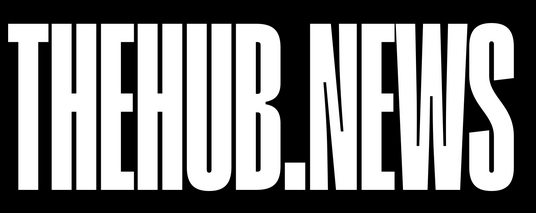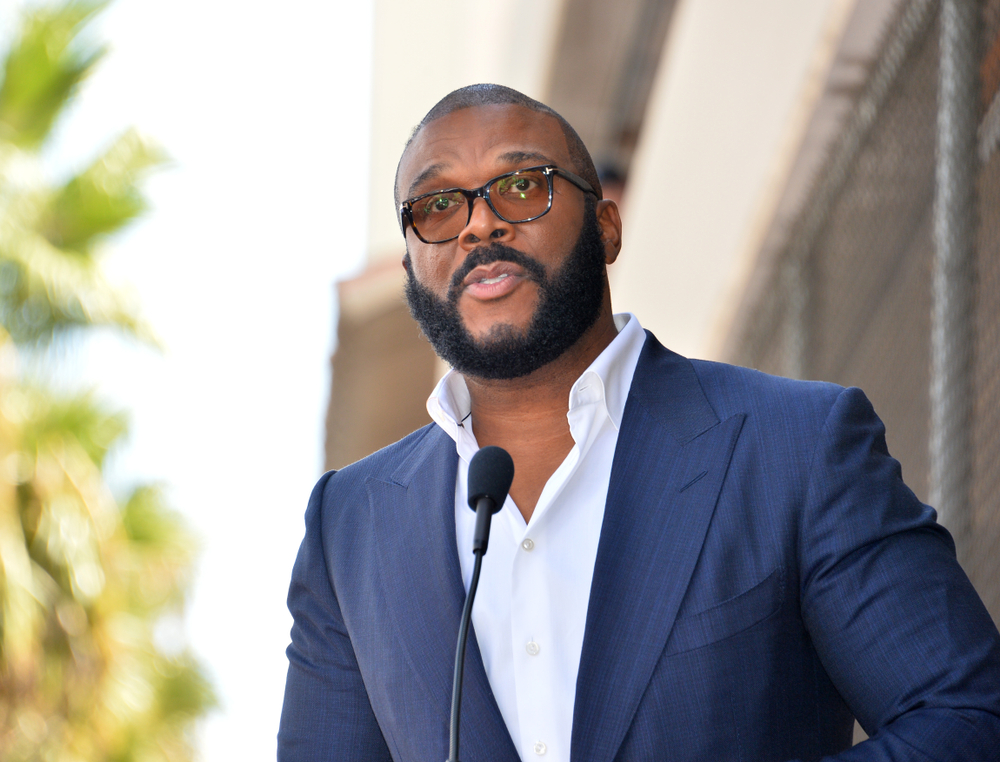The 90s was an incredible era. The music was top tier, technology was moving at the speed of light, Black fashion was not to be matched (including hair) and there was no Covid; the people were outside.
All of these things would culminate into something great, so it shouldn’t shock anyone that the greatest party ever would start in the new American Mecca of Blackness, Atlanta, GA. What started in the 80s as a simple picnic for students who couldn’t go home during spring break became a major event that saw more than a quarter of a million people flocking to the city for a three-day weekend in April. Hulu recently announced there would be a documentary on Freaknik, and the streets are buzzing.
While tweeters are lightly taunting that someone is going to see their mother’s bits and pieces spread all over a streaming app for millions of people to see, that does not seem too far off from the truth, and how fair is that for those people 30 years later?
I love documentaries. A lot.
I love history. I have a degree in it. But the thing about history is that context is very rarely considered, and the perspective of not just the viewer but the viewed and how they are viewed must be taken into consideration. I watched the Fyre Festival documentaries, both the Hulu and Netflix version. It was, at the time, sickeningly interesting to watch all of these rich kids get finessed by even richer kids. No one died. They had bad food, someone sucked someone else off to get them water and they all went home after a shi-ty weekend. The viewers were never left with a feeling of lack of respect for the festival goers, you were somewhere in between pity and just desserts, but no one looked down upon the crowd, at least morally.
I also watched the Woodstock ‘99 Festival documentary, and that’s where things got a bit darker.
The documentary was filled with topless women who may or may not have even been women at the time of the festival. Seeing as most of the festival goers were people in their teens and 20s, no one can guarantee that the footage that Netflix gratuitously displayed was even women who were of legal age. That troubles me because while most of the initial Freaknik attendees were college students, many people did not come out to party at any age, and Freaknik was no stranger to sexual assault occurrences.
How will that fare for the victims who have to relive this experience with millions of people watching?
Anyone who has ever been to a club knows that the sexual tension is much more palpable and consuming, whether you consent or not. I cannot recall how many times I went to a club in my early 20s and was groped without my consent. Hell, I have even been bitten by a man trying to get my attention. It sounds bad, but what was even worse was where he bit me. Use your imagination. I imagine Freaknik was like this, the debauchery was not always consensual, or the consent was assumed simply because a woman attended the festival. I recently viewed an MTV “True Life” episode, which documented the festival in 1998, shortly before the festival would meet its demise.
The episode being 25 years old, on a network television station, that has always been ahead of its time but was and still is, in its time, and censorship very much occurred, and still showed a triggering incident of sexual assault, where a young woman was dancing and subsequently mauled by a group of men. While Hulu is owned by Disney, that censorship won’t come into play nearly as much, and that could spell trouble for people who are living their lives two to three decades later.
In a world that often punishes women for men’s crimes, is it really fair to document something on a scale that the participants were unaware of how they would be viewed and on what scale? Let’s take a look back at the 90s, shall we, the camcorder was on the loose, and every man with broad enough shoulders and deep enough pockets to hold several hundred heavy dollars worth of equipment got one, including my father. The 90s was still the era of disposable cameras. The information on cassettes was often understood to be home footage. Let’s not forget that America’s Funniest Home Videos had the word home in it because the assumption was a camcorder was for private usage. The internet was not even in its infancy. It was embryonic. No one could ever imagine that information could be so readily disseminated in seconds by just someone sitting at home, and definitely not from their phones, that went everywhere with them. The festival-goers consented to a party, and for some, the party ended while they were still there, but none of them consented to have their images displayed in perpetuity decades later.
In a world that already heavily sexualizes Black women, having the apex of your young adulthood on full frontal display 30 years later will definitely be unsettling for some, and rightfully so.
The world is not very forgiving to Black people, especially Black women, when it comes to sex. While the festival goers were doing no more partying than any of their counterparts, they were caught in a special place in history that involved footage and the naiveté that it would not be widely shown decades later. The Woodstock 99 concertgoers were viewed with a lens of nostalgia and pity, and at best, the Fyre festival goers were made fun of for wasting their money, but history has always been kinder to white people.
History has also shown that Black people are viewed as debaucherous, overly sexualized and uncontrollable, and while it is Jermaine Dupri is one of the producers, which may bring some balance to the documentary, Luther “Luke” Campbell from 2 Live Crew is also on board, which makes me suspicious that lens may be too sharp for those who are being viewed.








